Why should young Londoners make more sustainable travel choices?
Fare City has been working with a group of sixth form students from Northolt High School since summer 2020. Our research provides us with a snapshot of what the needs, priorities and aspirations of young Londoners are for travelling in and around cities, both today and in the future. In Part One of Fare City’s two-part study working with Northolt High, we ask ‘Why should young Londoners make more sustainable travel choices?’
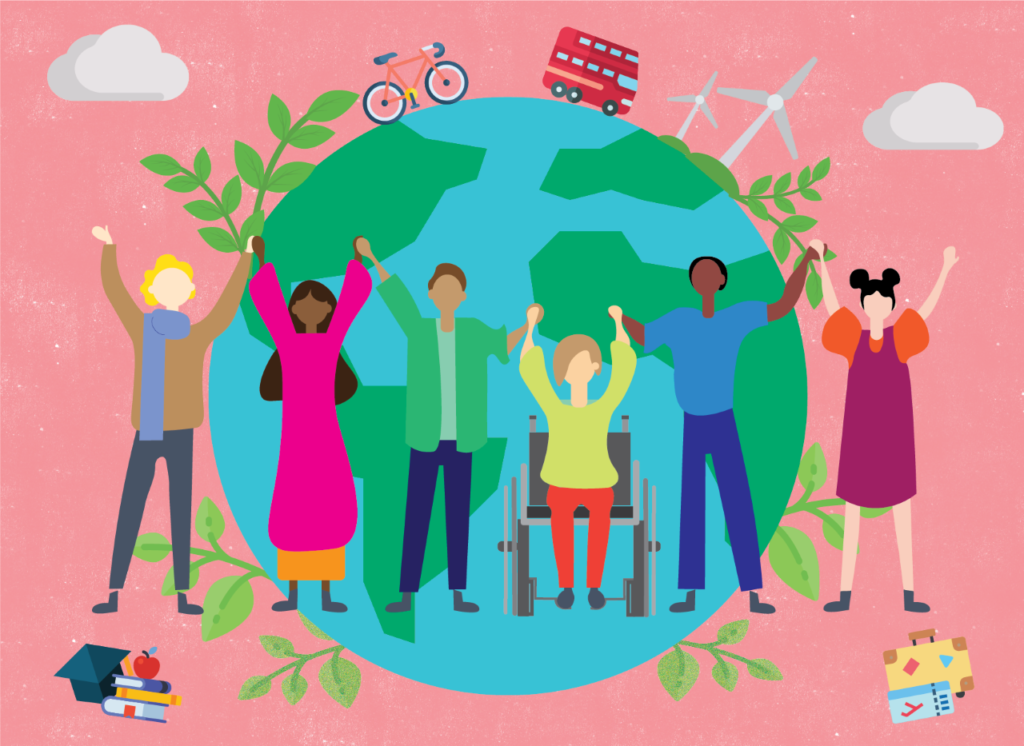
Last summer, the Fare City team interviewed a small cohort of sixth form students. Our anonymous online survey was designed to not only identify the existing travel patterns of the individual students, but to understand what their current work-life priorities and future aspirations were. Once we had identified the five issues which mattered most to the students, we then expanded upon these as the basis for a webinar.
We were keen for the students to understand the impact of their travel choices within the context of a broader social, cultural, and environmental framework. To help us achieve this, we invited friends of Fare City to lend their experience and expertise to explain why travelling sustainably is so important to them in their respective cities, countries, and cultures. The webinar additionally touched upon the different career paths taken by these practitioners, while the students themselves were invited to share their opinions via the use of an in-webinar poll.

Nearly all the students surveyed told us that they lived in Ealing, and of those who either work or are looking for work, doing so in the local area is important to almost two thirds. Most interestingly, almost two-thirds of the students who want to continue living in London once they finish school, would like to stay in the local area.
The importance of the local area was emphasised by the spring 2020 lockdown, as Londoners were told that they could only travel locally, which resulted in communities coming together to support one another. Quieter streets, a result of less traffic, effectively encouraged many people to walk and cycle, something which was supported by government policy and the Mayor of London’s Streetspace plan. In this video, Russell Roberts, Principal Transport Planner at Ealing Council, explains more about how the lockdown affected peoples’ travel patterns and how the council subsequently responded.
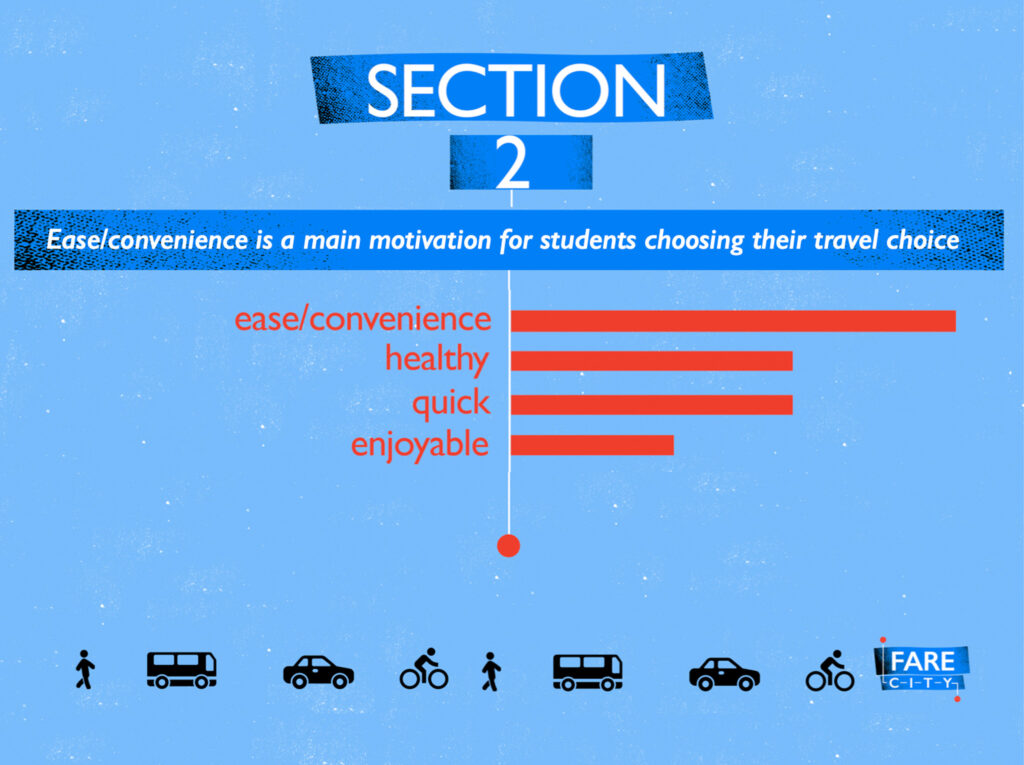
Nearly 70% of the students surveyed told us that ease and convenience was a motivation for them when choosing their mode of travel for both school journeys and other activities. This was significantly higher than other factors including speed, cost, and safety.
Choosing modes of transport which are easiest and most convenient is undoubtedly important, but unfortunately for many Londoners, this often means choosing a car. Cycling and walking, known as active travel, are both easy and convenient but must be made even easier by improving safety, increasing accessibility, and lowering cost. Another significant reason for promoting more active travel among Londoners is because of the effects of transport on climate change. Globally, 23% of greenhouse gas emissions come from transport, while in the UK, cars contribute 55% of domestic transport emissions.
Though climate change is predominantly understood as an environmental issue, it is equally important to understand it as an ethical one. In this video Ethiopian Canadian geographer and climate justice advocate, Seble Samuel, explains what climate justice is and whom it affects.
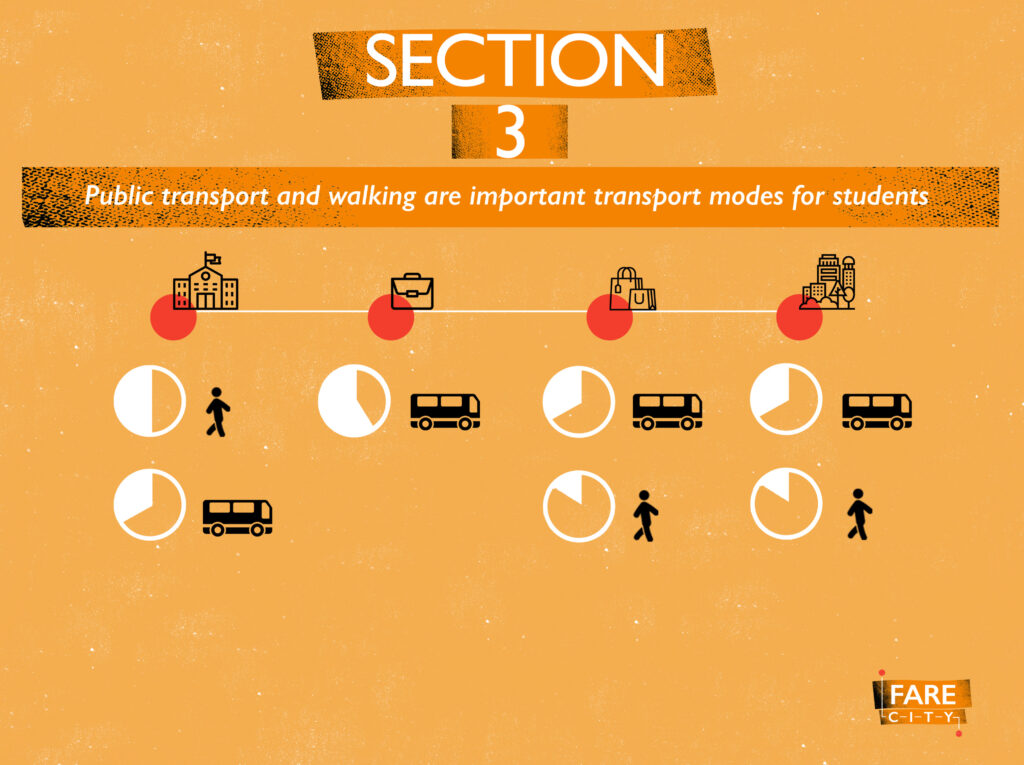
Three-quarters of the students surveyed walk for some, or all, of their school journey, while just under half use public transport. Most interestingly, just over half of the students surveyed indicated that a preferred option was to use public transport for moving around London in the future.
Public transport and walking are two transport modes that complement each other well. In outer London, where public transport connectivity can be inconsistent, walking is typically used at the start or end of journeys. In inner London – even with more consistent connectivity – walking can often be the quickest and most enjoyable way of completing a journey. Despite this, many people forget that walking is classed as a mode of transport because it is not only so common, but because it is often not considered suitable for longer distances.
Alarmingly in the UK, almost 60% of car journeys are under five miles in length, while as many as 10% are under one mile. Collectively, this results in millions of car journeys causing unnecessary emissions, all of which are negatively contributing to climate change. In this video Fare City urban lead, Rich Lambert, explains more about the benefits of walking.
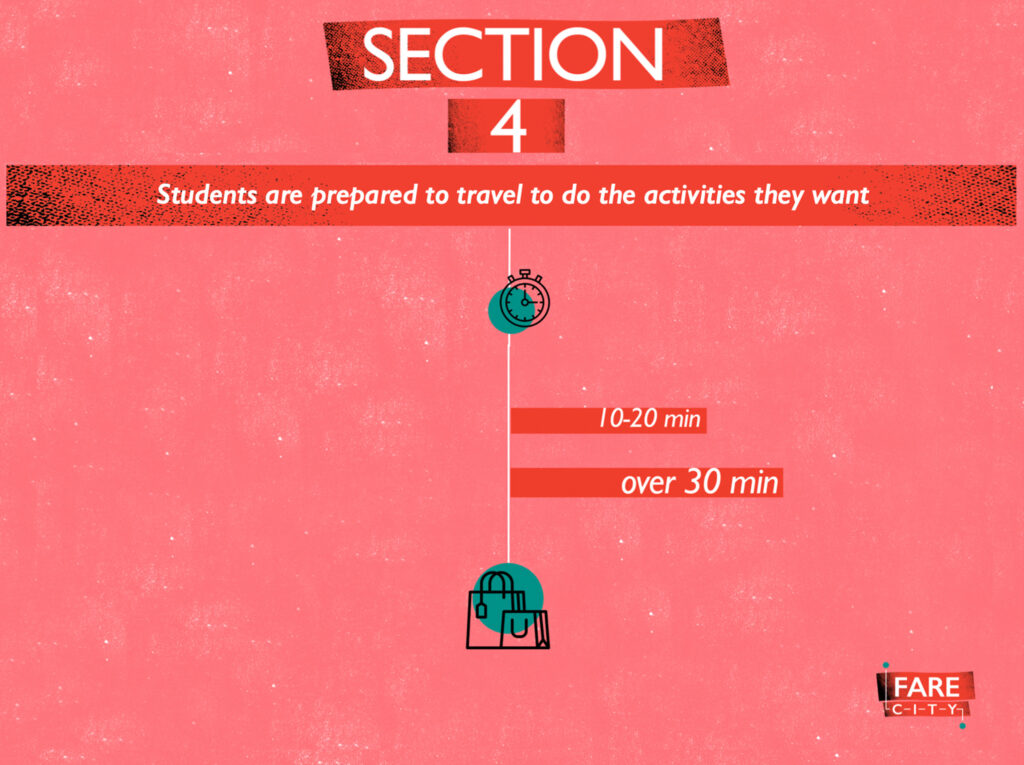
Just under a third of all responses suggest that students regularly travel to activities located over half an hour’s journey time away, which is the highest of all the options provided.
London, along with thousands of cities across the globe, is currently experiencing lower public transport use. This is because many people believe that the proximity of passengers using public transport increases the chance of spreading the coronavirus. However, Londoners must continue to use public transport provided that everyone follows the guidance – namely wearing masks and observing social distancing. This is because not everyone will be able to walk or cycle every journey, whereas the alternative is to revert to cars and all the issues associated with a car-led recovery including higher congestion, lower road safety and deteriorating air quality. In this video Fare City urban lead, Rich Lambert, comments on a journey that students may typically make using public transport.

Nearly half of the students surveyed told us that they would like to attend university outside of London.
We invited practitioners from Manchester, Auckland, Paris, and Bogota, to share their experiences of what their cities are doing to promote more sustainable city transport. Andrea Sandor, a journalist based in Manchester, spoke about active travel. Andrea pointed out that while university students would benefit from one of Manchester’s few segregated cycle lanes, more needed to be done to introduce additional measures across the city. Auckland-based urban designer, George Weeks, highlighted the historic role of city streets in facilitating human interaction, while Paris-based urban planner, Marion Lagadic, considers transport to be fundamental to how city users socialize, work, and obtain an education. In this video, Bogota’s bicycle mayor, Pablo Nieto, explains why he considers cycling to be so important to the physical and emotional wellbeing of all city users.
In the Q & A session at the end of the webinar, students and staff asked the Fare City team whether they believed there had been a cultural shift toward greater sustainability following the spring lockdown, and what the team’s views were on e-scooters. Following closing remarks, students were able to find out more about the themes discussed in the webinar, courtesy of a Fare City document containing links to further resources.
The webinar formed the second stage of a three-stage working programme between Fare City and the students. Fare City and Northolt High have co-produced a project social impact framework, a working document which endeavours to record and measure the social impact from each of the project stages. The third stage will be covered in Part Two and will feature contributions from the students themselves, as they look to answer a subsequent question ‘How can young Londoners make more sustainable travel choices?’.
Fare City would like to thank the students and teachers who participated in this research, as well as the practitioners who gave up their time to help us produce the content for the webinar
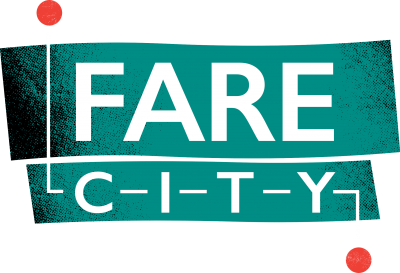

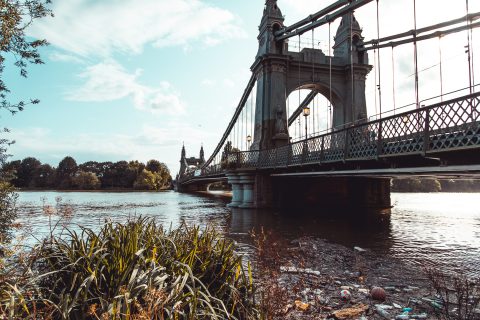
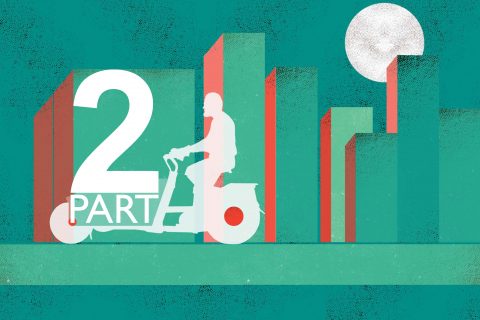
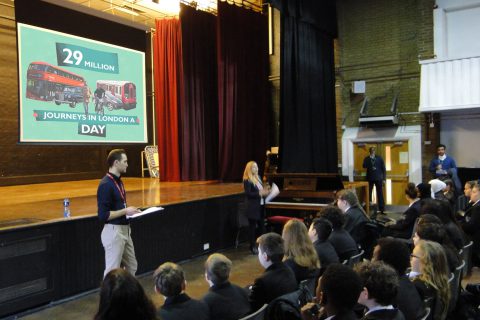
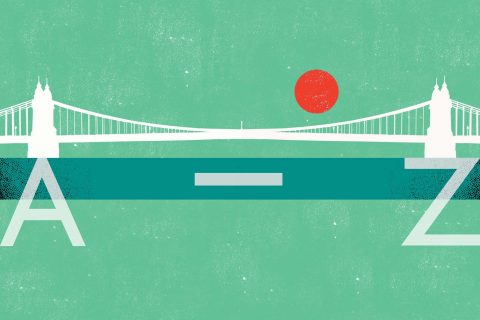
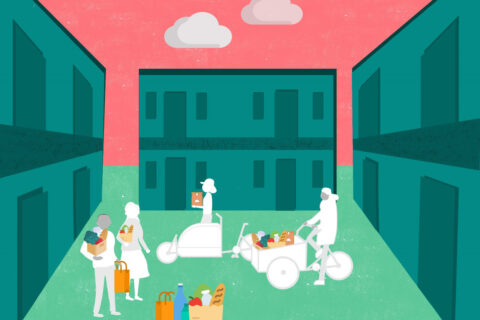
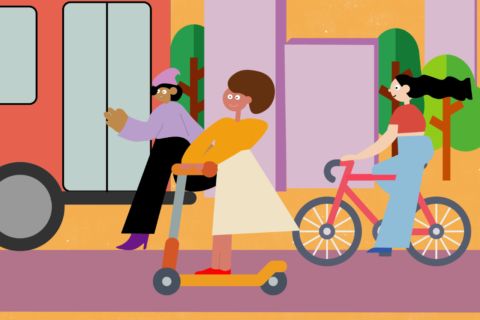

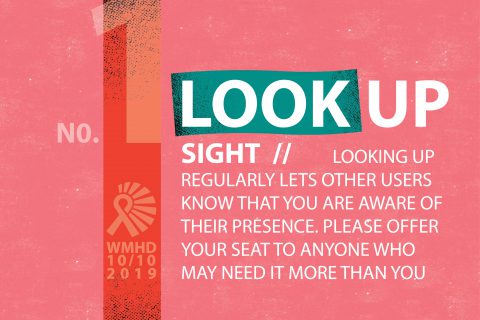
[…] The survey results provided us with three clear findings which we then focused on in a subsequent webinar with the students: Generation Z – Part One “Why should young Londoners make more sustainable travel choices” […]